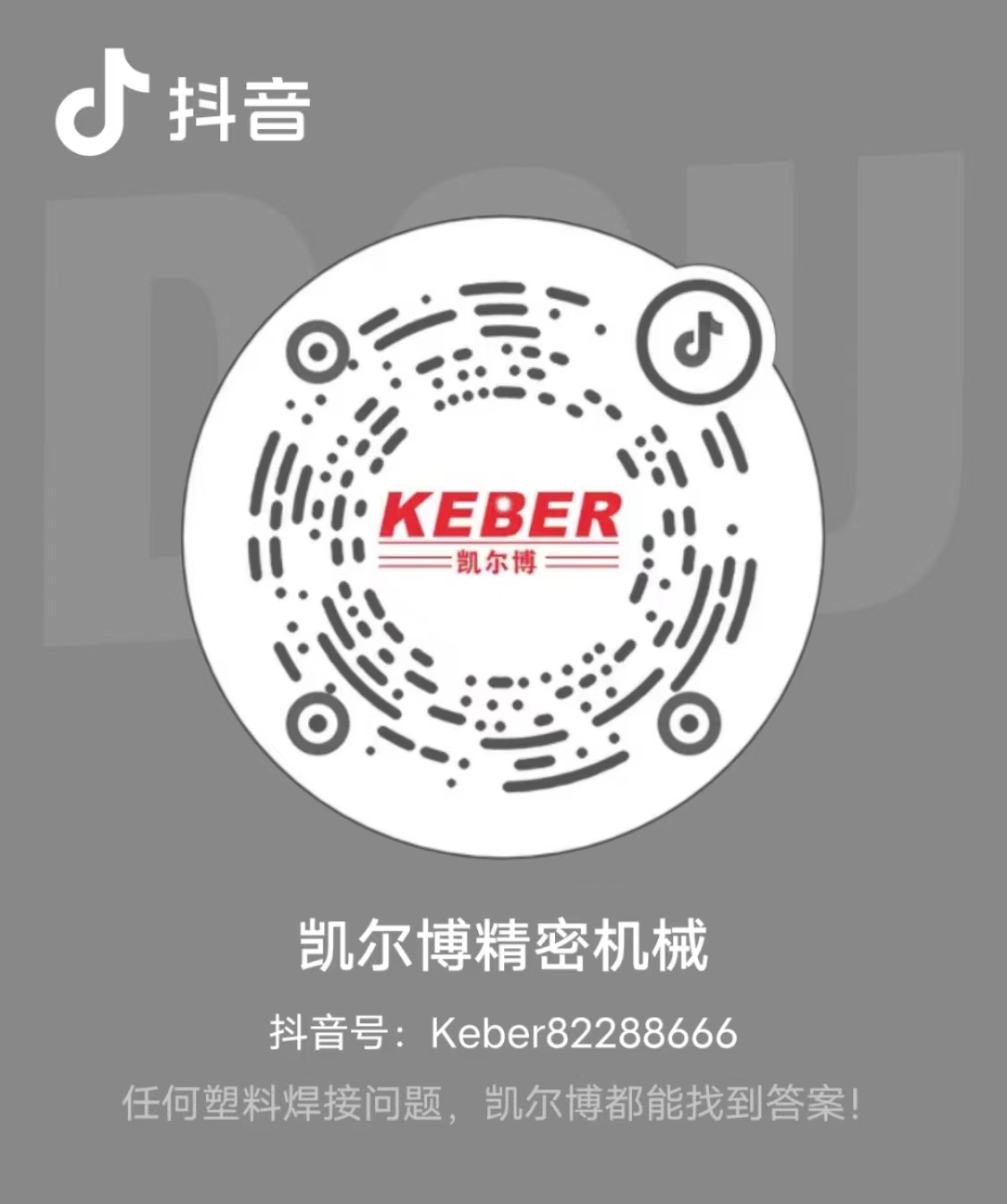How does ultrasonic welding work?
Ultrasonic welding is carried out by means of an ultrasonic generator, which converts a 50/60 Hz current into 15, 20, 30 or 40 KHz electrical energy. The converted high-frequency electrical energy is converted into mechanical motion of the same frequency again through a transducer, and then the mechanical motion is transmitted to the sonotrode through a set of amplitude changing lever devices that can change the amplitude.The sonotrode transmits the received vibration energy to the joint area of the workpieces to be welded, where the vibration energy is converted into heat energy by means of friction, melting the plastic parts in a welding method. Ultrasound can be used not only to weld hard thermoplastics, but also to process fabrics and films.
The main components of an ultrasonic welding system include an ultrasonic generator, a transducer/amplifier/sonotrode triplex, tool and rack.
How does linear vibratory friction work?
Linear vibratory friction welding utilizes frictional heat generated at the contact surfaces of two workpieces to be welded to melt the plastic. The heat energy is generated by moving one workpiece back and forth across the other surface at a certain displacement or amplitude under pressure. Once the desired degree of welding has been achieved, the vibration stops, while a certain pressure is still applied to the two workpieces, causing the just-welded parts to cool and solidify, resulting in a tight bond.
How does orbital vibratory friction work?
Orbital vibratory friction welding is a method of welding using frictional heat energy. When performing orbital vibratory friction welding, the upper workpiece is subjected to an orbital motion - a circular motion in all directions - at a fixed speed. The movement generates heat and brings the welded portion of the two plastic parts to the melting point. Once the plastic begins to melt, the movement stops and the welded portions of the two workpieces will solidify and join together securely. Small clamping forces result in a small degree of distortion of the workpiece, and workpieces up to 10 inches in diameter can be welded by applying orbital vibratory friction.




 0512-82288666
0512-82288666






